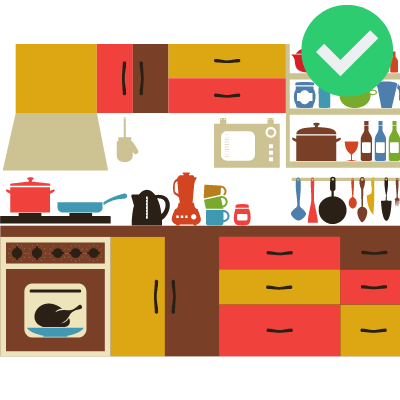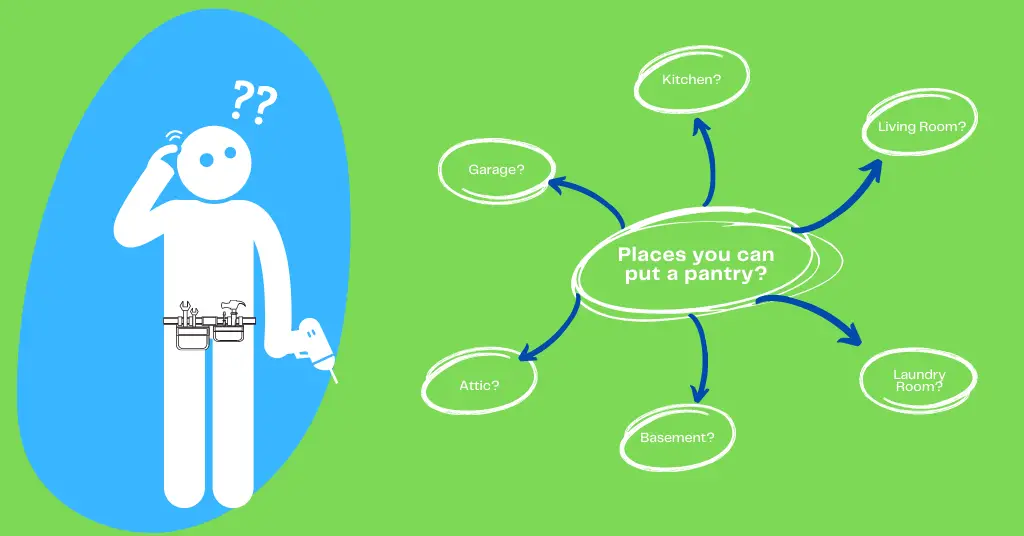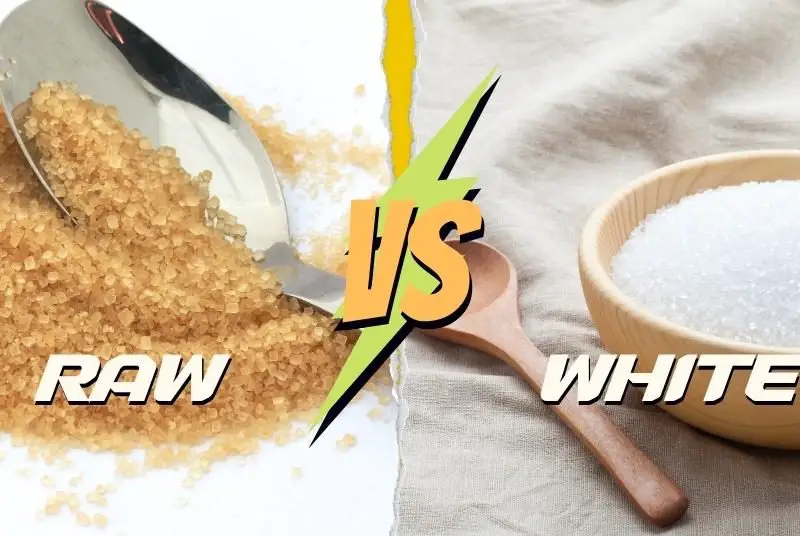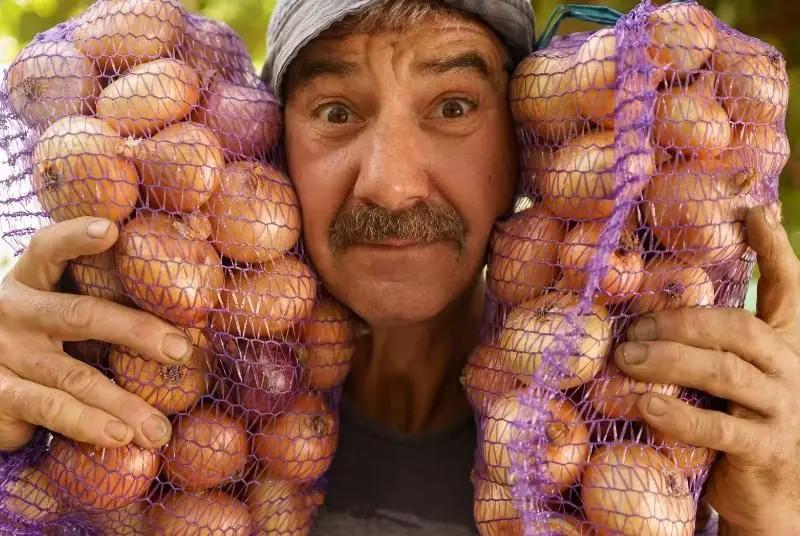I am a well-rounded expert with proficiency in several fields. My experience spans from being a dedicated chef and homemaker. As a passionate homesteader, I’ve honed my skills in sustainable living and animal care, ensuring a holistic approach to everything I undertake. Email me or Txt: (# removed due to spam, please email)
Pantries can take all shapes and sizes, from walk-in pantry food storage, a coat closet, to simple bookshelf pantry space with no door at all. You can even use counter space when considering pantry installation.
But for every spot or method of pantry creation comes with its pros and cons. This article will go through all the places you can put a pantry as well all the places you shouldn’t.

Where to put a pantry when you don’t have one
The kitchen is the number one place for a pantry

It goes without saying that the kitchen is going to be the best spot to install a pantry for extra food storage.
So it would be amiss to not start off this article with the most obvious spot in the house.
Of course, it’s not always practical and that’s why we have other pantry storage options on this list.
The kitchen itself is one of the best rooms in the house for a pantry because of its distance from the place you’re going to use and prepare most of your pantry goods.
The shorter distance means you can have everything at your fingertips when you need it.
Less walking, More cooking.
It also makes it far easier to “graze”, so if you’re on a diet, better watch out for that extra tidbit!
The best part about the kitchen is, You can hide away a good portion of your small appliances, ready to go when you need them.
The added counter space is something to really enjoy when you put a pantry this close to your cooking area. More prep space for cooking is always ideal.

The living room is the closest room to the kitchen in most homes

But that doesn’t mean it’s always going to make the best pantry location.
This is coupled with the fact that most people’s dining rooms are the same room as their living room.
As they say, the formal dining room is a dead tradition!
In any case, as a potential place for your pantry, there are a few things you should consider first.
Can your living room handle a lot of excess foot traffic without causing too much fuss to the rest of the family or housemates?
Because that should be the first thing to spring to your head when you decide if the living room is the best place for your pantry.
Whoever happens to be cooking in the kitchen is going to be doing a lot of trips back and forth from pantry to kitchen.
It’s inevitable, And if you’ve got a small living room as it is, It might not be the best option for everyone involved.
Also, consider the focal point of the room. Do you want guests to stare at your pantry vs you or your television?
By having a pantry, breakfast nook, kitchen larder, etc in the living room, you’re changing the focal point of the room significantly.
There are ways around this of course!
As far as convenience goes, utilizing the vertical space in lieu of deeper storage, and assuming you don’t have to navigate around a dining table to open shelves or reach storage containers, the living room is probably the second most desirable location from the kitchen.
That is assuming your house has the living room/dining room and kitchen next to each other.
It’s the next closest thing to having a pantry in the kitchen, and the walk is much smaller.
When it comes to the ideal pantry requirements, this room as most of them.
It’s dry.
It’s probably pest-free.
It can most likely be made dark enough in certain areas of the room, either with covers or cabinet doors.
But the temperature could be a bit warmer than what one would want for a longer-term kitchen pantry.
But that can easily be fixed with proper ventilation, insulation, and proper use of a fan.
So is the living room or dining room a good place for a pantry? It’s got all the requirements that make a good pantry for the most part, But it comes down to personal preference and available space.

The laundry room, Not the best but it’s doable

The problem with the laundry room, in general, is usually you can’t do much else with it other than storage and washing clothes. So there is usually a lot of unused space!
There are a few things to consider with the laundry room before you start setting up your walk-in pantries.
Laundry rooms are often bombarded with massive environmental swings.
With the dryer on, They can become hot and muggy, with a high humidity level.
When the washer is on, the can become cold, and damp.
The strongly scented chemicals’ odor can leech into opened food.
Have you ever had a loaf of bread too close to the Scentsy candle on your counter?
Then you know how easily an odor can transfer into food and become a taste. It can even penetrate thin plastics.
If you leave detergents, fabric softeners, and especially dryer clothes just out and about, that odor can easily transfer over to your foods.
This is solvable by having these chemicals in a confined closed space with a sliding door, cabinet door, etc. Slide-out drawers are also excellent for many laundry items.
If you have existing cabinets, you can use those provided they are far enough away from where you intend on installing the new pantry.
You will also want to make sure your laundry room isn’t too small for a tall cabinet, swinging pantry door, etc, while still having enough space for storage space. As always though, The more storage space you have the better.
As far as convenience goes, the laundry room is usually out of the way in an average house. Which means far walking distances from the kitchen to the pantry.
This can be very inconvenient depending on your house layout.
It can also make stocking it unrewarding due to how much effort is involved in bringing all the groceries through the rest of the house, rather than just unloading from the kitchen.
To say it has easy access would be a lie!
So overall, it’s not the worst place in the house you can put a pantry, But it’s better for certain foods than others due to its chaotic change in temperature and climate.
Things like canned foods, hard plastic containers, Jars, canning equipment, etc.
Dried goods like rice, cereals, powders and anything else that can pick up an odor quickly or go bad from moisture prematurely should be avoided.
What is extremely good is shelves for cleaning supplies.
It’s an Ideal placement for an extra fridge or freezer since the power hookups should already exist.
You can’t do wrong here with all the room for extra storage containers and small appliances.

The basement is a tried and true pantry space

The basement has been a favorite place for pantry and food storage for humanity for as long as we had basements.
They act like cold cellars that can keep your food dark and preserved for a long time and are best suited for the long-term storage of food items.
That isn’t to say you can’t put your salt, sugar, and spices down in the basement, it’s just a convenience factor of having to go up and down a flight or 2 of stairs every time you need the pepper!
On the bright side, The basement isn’t a small pantry. In fact, It can take up an entire wall or 2. Way more room than if you were to set something up on your kitchen wall.
You can also fit a lot of cabinets, Shelving, drawers and still have space leftover.
The basement is usually dark and cool with very few temperature fluctuations. A finished basement is always preferred, But an unfinished basement will work nicely as well.
Just be sure it’s not too humid or wet. A lot of unfinished basements have an issue with mold, dampness, and humidity, but a properly ventilated basement is a dream!

A Garage can make a good long-term storage pantry, But it can be fairly inconvenient much like the laundry room

It’s usually got a lot of dead space (unused space) that would be great if you don’t already have an existing pantry in the house.
It can have high cabinets or lower cabinets. it’s pretty easy to keep temperature-controlled for the most part.
You might even be able to split it up into two rooms which would be ideal for temperature control and space.
And if you don’t have a ton of lower space, There’s always more than enough vertical space in a garage!
So yeah, there is a lot of places you can use as pantry storage and other food storage. It could even be big enough for your own walk-in pantry. But is it a good location?
Much like the laundry room, the garage can be annoying to get into and out of every time you need something in short term.
But it’s most assuredly a great idea to use it as long-term storage for things you won’t be using every day. This is especially true for appliances like a food dehydrator, or noodle roller. Things that take up a lot of counter space otherwise, but aren’t used as often.
Most garages aren’t heated and have no source of heat aside from maybe a hot water heater. So this makes smart use of a cool climate for food storage space and preservations.
Garages aren’t always as sealed to the outdoor world as the indoors of the house however and potential pest problems remain high risk. Raccoons, Mice, Rats, Squirrels, Even birds. Bugs too!
If you are the kind of person who likes to leave their garage open, that could be an issue as well.

The attic can be a hot, dry, and dirty place. A pantry it is not.

It’s also often filled with flies and other insects. Including ants.
While an attic can make a great place to store a lot of things you’re never going to use again, It’s not so great as food storage.
Bugs aside, It’s hot. Heat rises while the sun beats down on the roof, turning an attic into a pseudo oven.
Heat is, after all, the enemy of pantry storage spaces.
Above all, think about how much of a pain it’s going to be to climb up into the attic every time you need something out of the pantry. This might not be so bad if you have an open concept attic with a set of stairs going up, But who really has that?
There’s also very little headspace or room for food items, shelving, and slide-out drawers. The space is impractical for organized storage. A reason why attics are usually such a mess, to begin with!
Overall, The attic is a terrible place for a walk-in pantry, food storage, or even appliance storage. It’s bad, It’s awful, and it’s a bad idea with few exceptions.

A bookshelf can be all the pantry you need and more
There are many types of bookshelves, They can be deep, shallow, wide, short, tall, or long. But the one thing they all have in common is they take a little space and make a lot of space.
A bookshelf can make good use of excess verticle space anywhere in your house. They’re pretty low profile so they can stick real close to the kitchen, or where ever else you need it.
This makes them extremely helpful as a pantry all on their own.
Some even come with swinging or sliding doors!
They take on the properties of any room in the house you place them. Be it a damp dark fortress or a dry sunny bay-room.
The convenience level is off the charts. You can put them anywhere as they are so very easy to move and have such a low profile.
So in my opinion, a simple shelf is the most ideal pantry in the house. Placement is easy, the Convenience factor is what you make it, and the only limit to what it can hold is weight. Bookshelves can be sturdy or flimsy, so keep that in mind.

Consider the following factors in a good pantry placement
When deciding on what room of the house you want your pantry to be in, Consider these general placement requirements.
- Convenience
You should be considering options that are convenient to the use of the pantry itself. If it’s an everyday pantry, You want it to be close to the kitchen. You want things to be arms-length or close to it.
If it’s for appliances and longer-term storage then maybe it’s more convenient to have these things further away from the kitchen to give you more space to cook and clean and bake.
- Dark
Not all foods need total darkness, and not all pantries need open shelves or cabinet doors.
The difference is, Things that light don’t hurt can do without light anyway, Things that don’t do well in light fall victim to it easier.
So as a general rule, You want your pantry to be dark, to begin with. It just makes life easier and your food choices less fidgety. Darkness can be lit up, but natural light can be hard to block off so easily.
- Cool
Food lasts longer in cool and cold environments just above freezing. Obviously, it’s not always possible to get a pantry that cold, But the cooler the better.
Things like direct sunlight can heat up a cabinet or shelf much faster than you would think, which is obviously detrimental to your food.
When choosing a location, the temperature should be one of the biggest deciding factors to whether or not you pick it or not.
Insulation can only go so far, And cooling systems are bulky and expensive to install. So it’s always better to avoid a heat problem before it spirals out of control.
- Dry
It goes without saying, dryness is good for food. Dampness and humidity can see food turn moldy quickly and without warning.
It’s the enemy to food storage, so you want to choose a dry place with very low humidity. Especially for dried goods. Canned goods are less affected by moisture levels assuming they aren’t astronomically wet.
- Pest free
Bug’s are a fact of life. They exist next to us everywhere we go. But when it comes to storing food and choosing a pantry location, You want there to be as few uninvited guests as possible.
I don’t think much more needs to be said here. Avoid pantry moths, ants, millipedes, spiders, flies, etc the best you can!



